Poland’s Endangered Monuments include the Sobieszyn Palace
More Info realportico
Several of Poland’s architectural landmarks bear witness to the nation’s long history and the country’s profusion of nobles in the 17th century. Several palaces, ancient estates, and mansions in rural regions continue to be in danger and to be in a condition of ruin while well-known attractions in tourist centers like Kraków draw tourists from all over the world.
Poland has nonetheless achieved considerable progress in safeguarding its cultural treasures. Several of these monuments have been rebuilt over the past three decades thanks to the hard efforts of organizations, foundations, and private citizens to highlight this distinctive cultural environment. Nonetheless, there is still a lot of work to be done because there are still a lot of monuments that require preservation and repair.
The Palace in Sobieszyn, which is situated in the region of Lublin close to the town of Ryki, is one such threatened monument. The palace, a classicist-style residence constructed in the early 19th century for Count Kajetan Kicki, is thought to have been created by Polish architect Chrystian Piotr Aigner. After he passed away, his wife, Zofia Kicki, inherited the palace and left a will directing that it be utilized for charitable causes after her passing.
The resultant foundation financed an agricultural research facility and a drainage test station. The estate was established as a major agricultural research facility in the Kingdom of Poland in 1890, and it later housed an agricultural college. The property was settled and the school was scaled back after World War Two. The palace was rebuilt in 1951, utilized as a hospital and kindergarten, and then abandoned and unattended until the 1990s. The palace is currently deteriorating and in danger of being lost forever.
The palace is a rectangular, plastered brick structure with a cellar, a hipped roof, and a cellar. Tuscan columns supporting a first-floor balcony with a cast iron railing can be seen supporting the main entrance. The palace received a new addition that was topped with a gable roof made of metal sheeting. The main staircase is still located to the right of the entry in the same spot it originally was, despite the installation of an extra anteroom that modified the entrance’s original division. There are two outbuildings on the estate, one of which is occupied. The palace is presently privately held and has been put up for sale a number of times recently with little sign of a satisfactory outcome. The prospect of another auction exists.
Further details on the Palace in Sobieszyn, as well as how you can help the Fontes Foundation preserve it and other threatened Polish landmarks, are available on the Polish auction website and the Foundation’s website.
#1
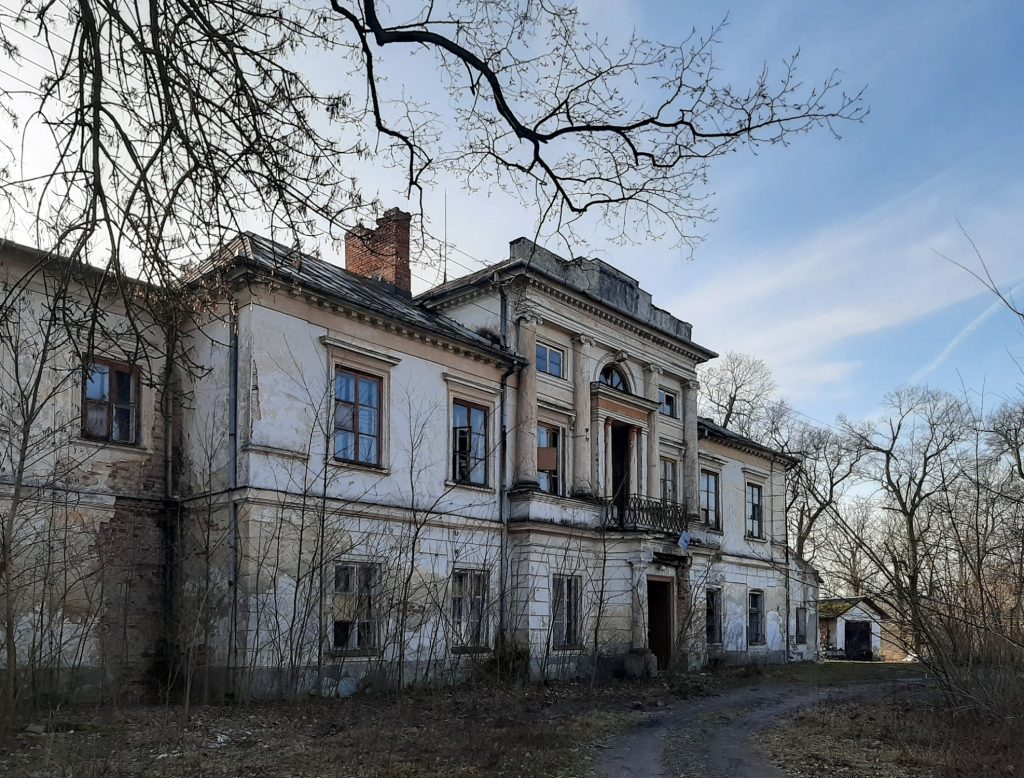
#2
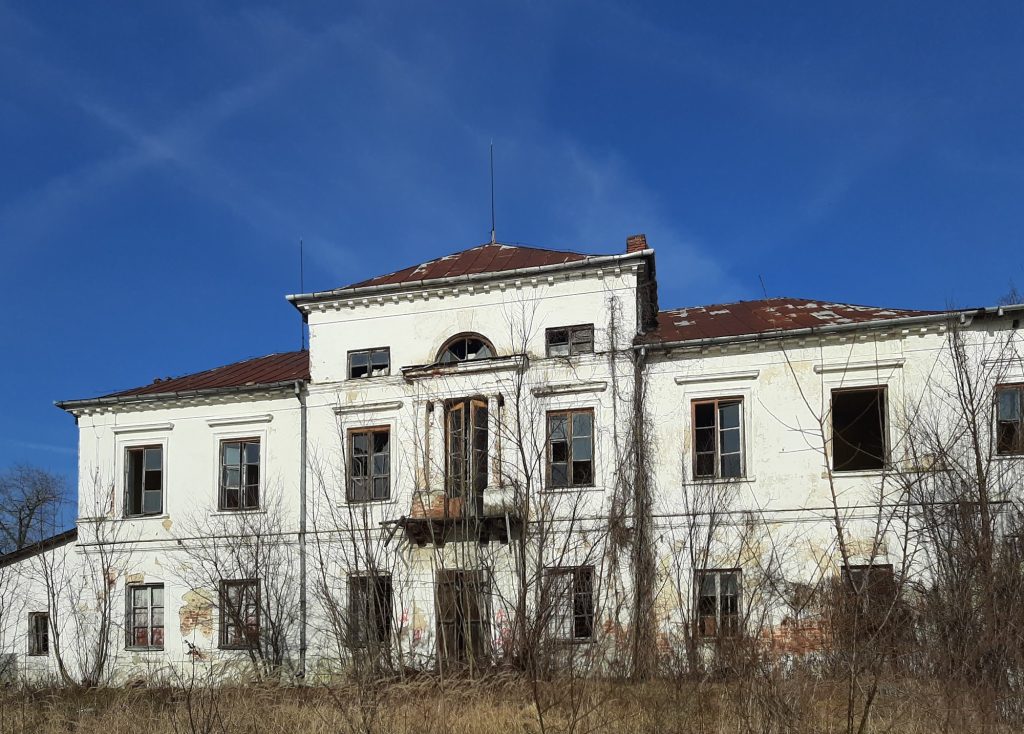
#3
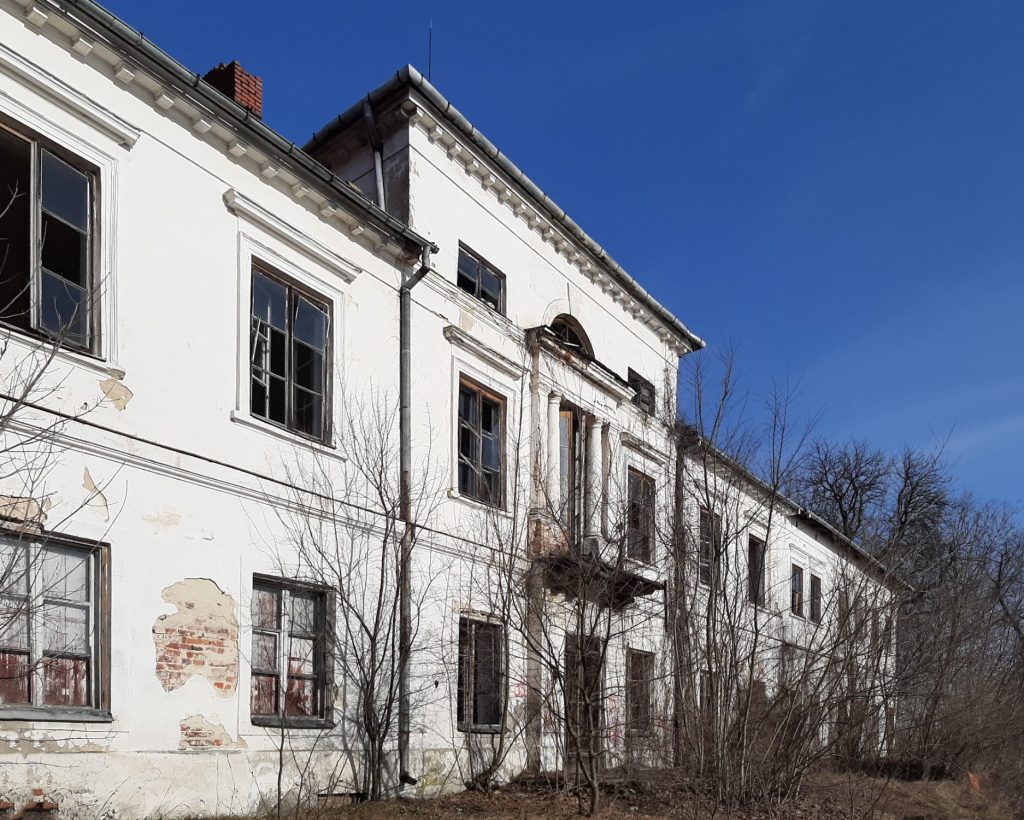
#4
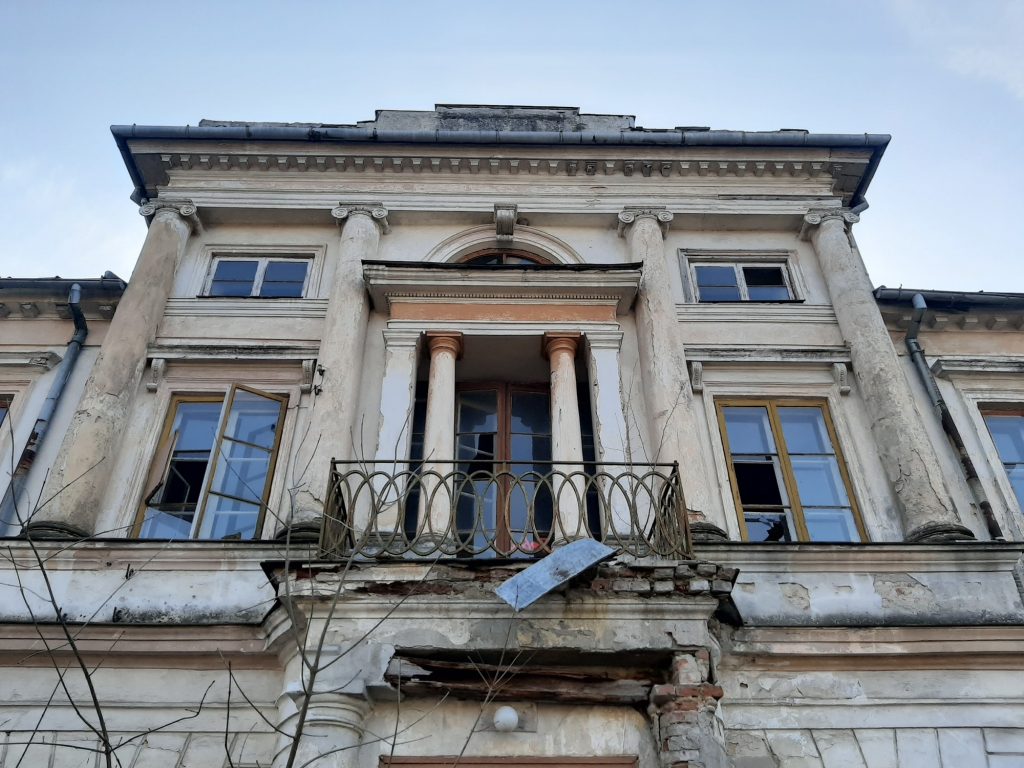
#5
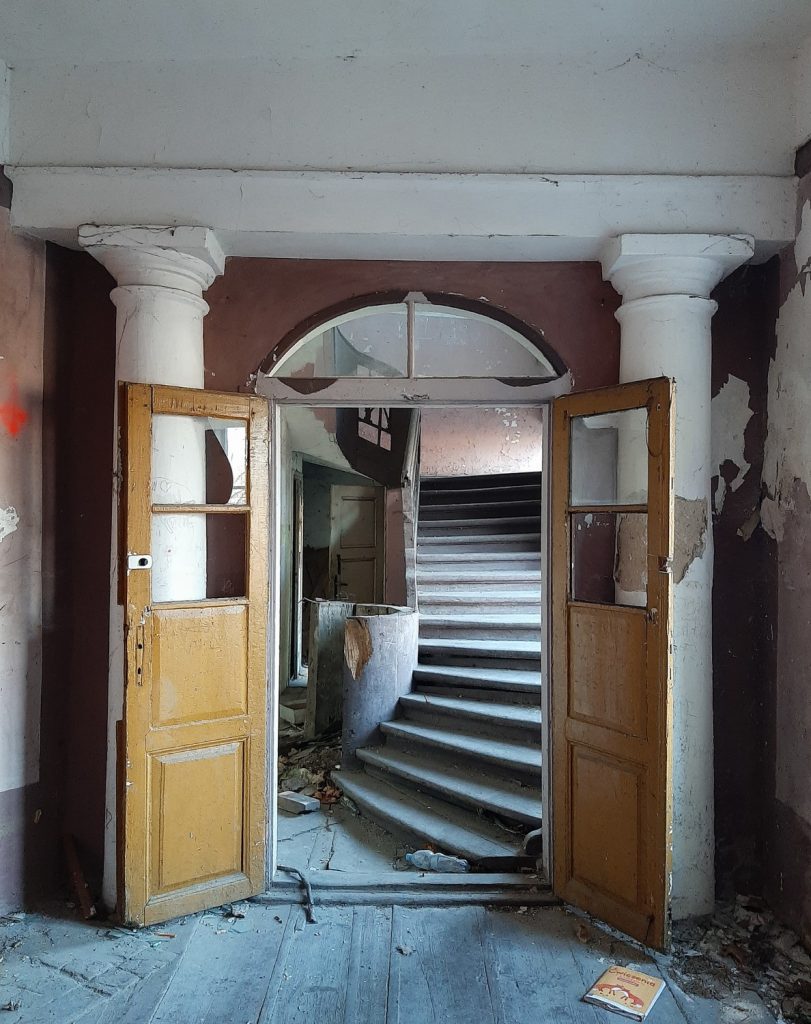
#6
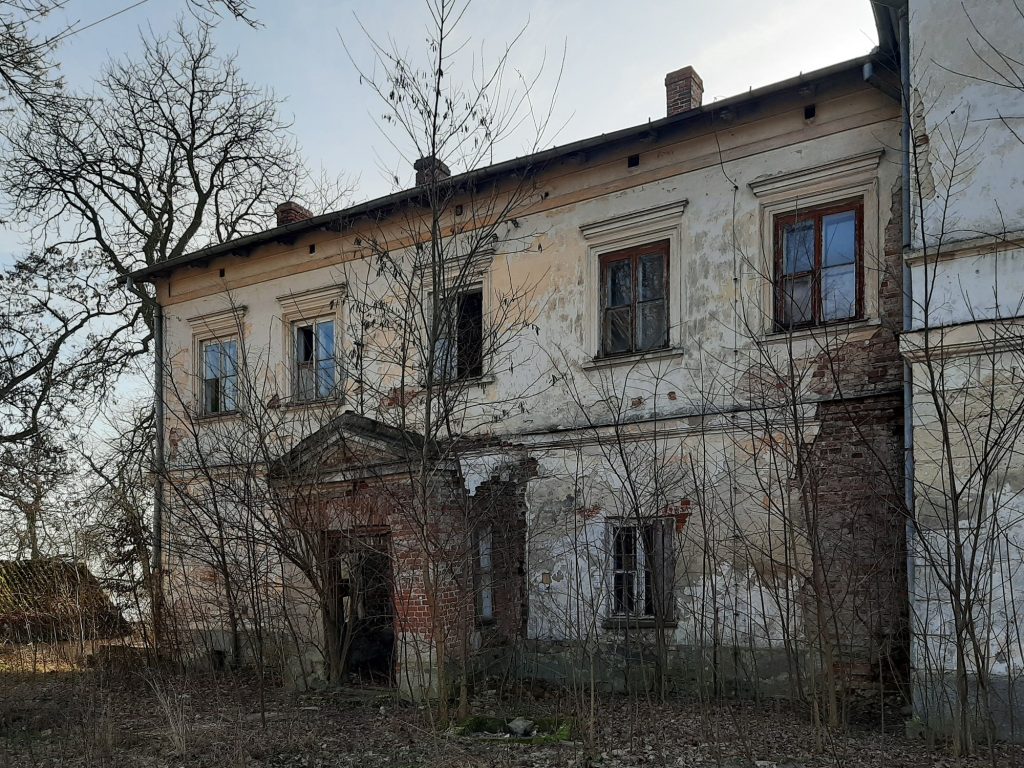
#7
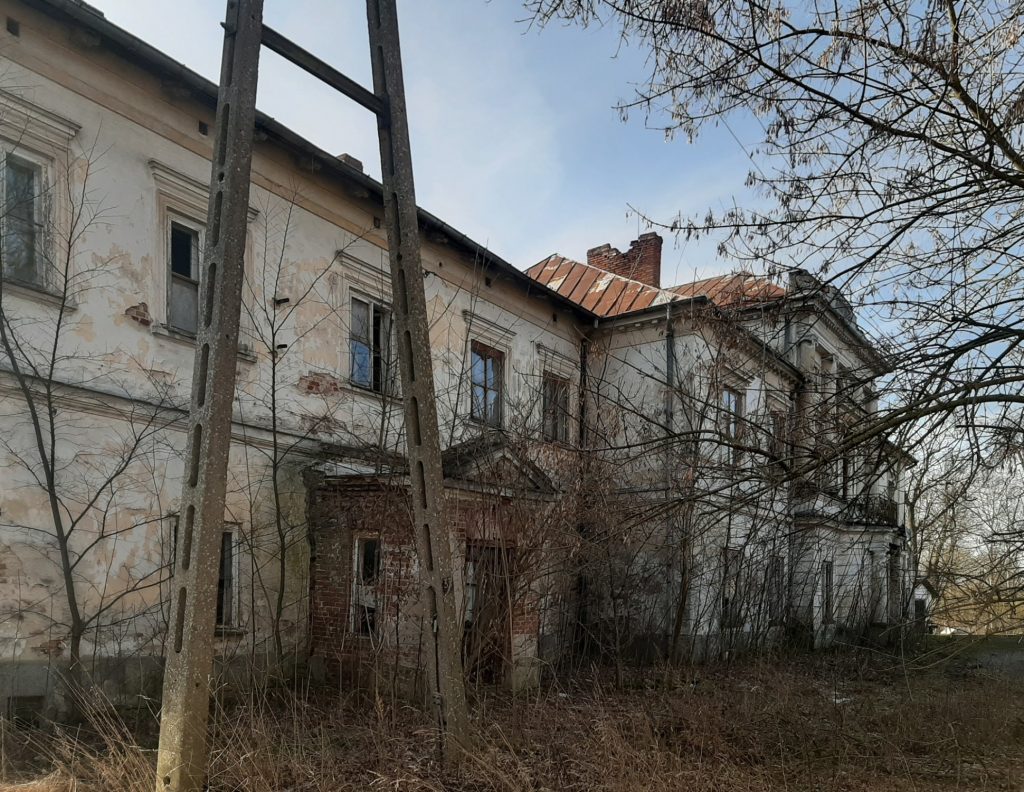
#8
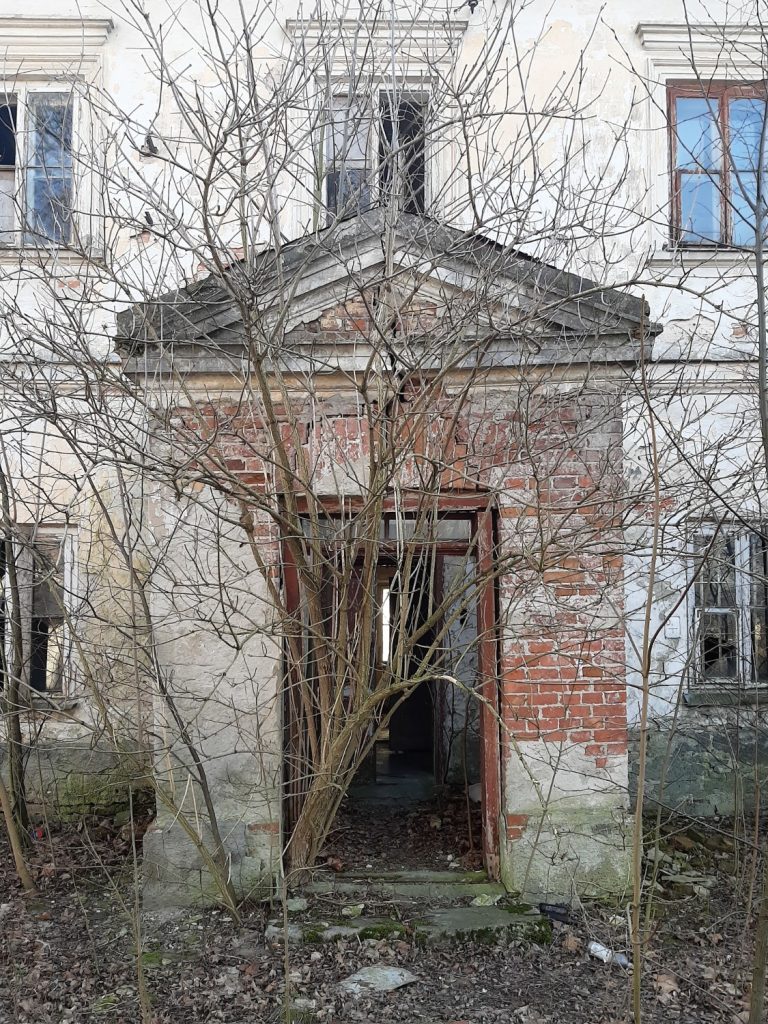
#9
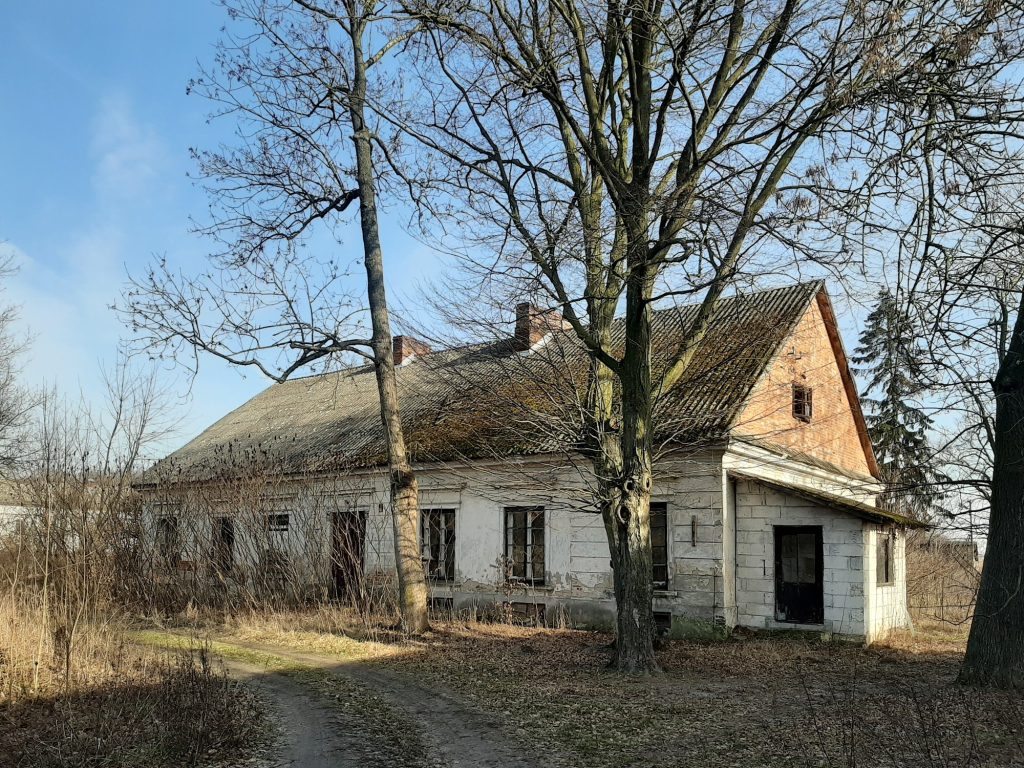
#10
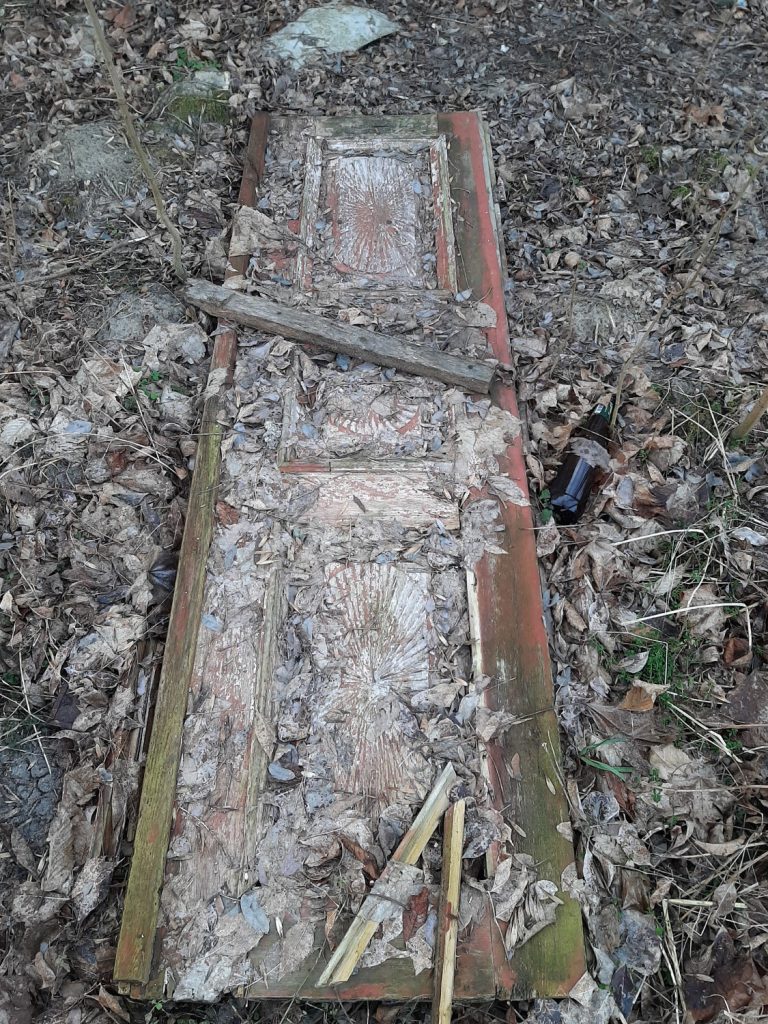
#11
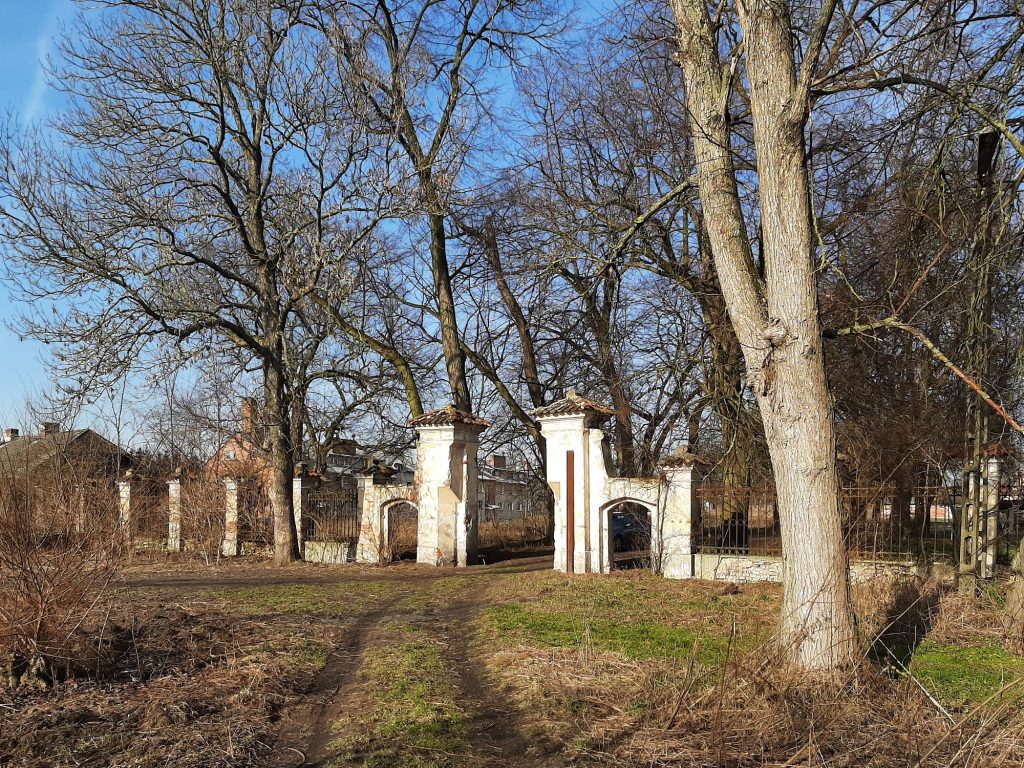
#12
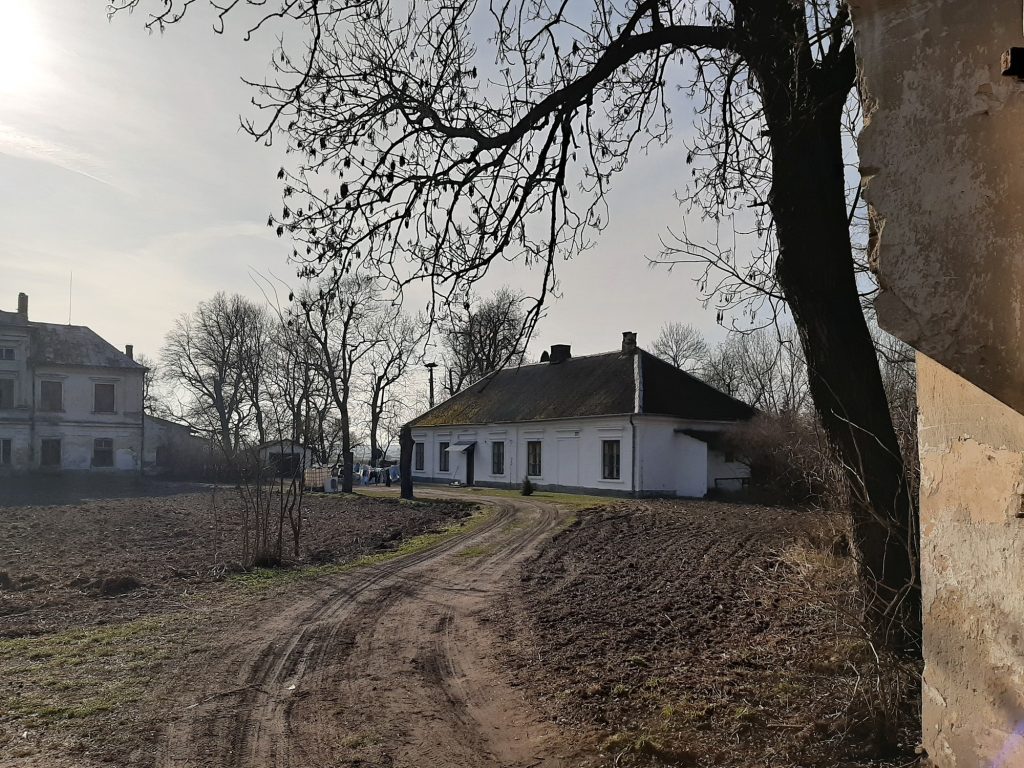
#13
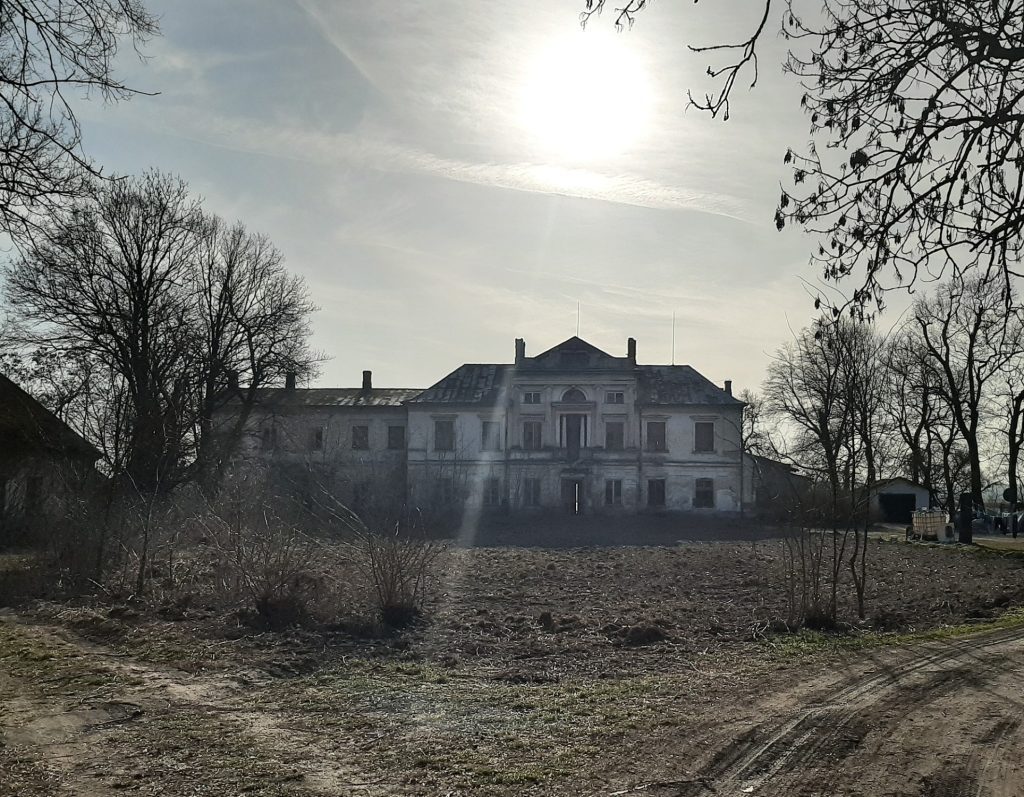
#14
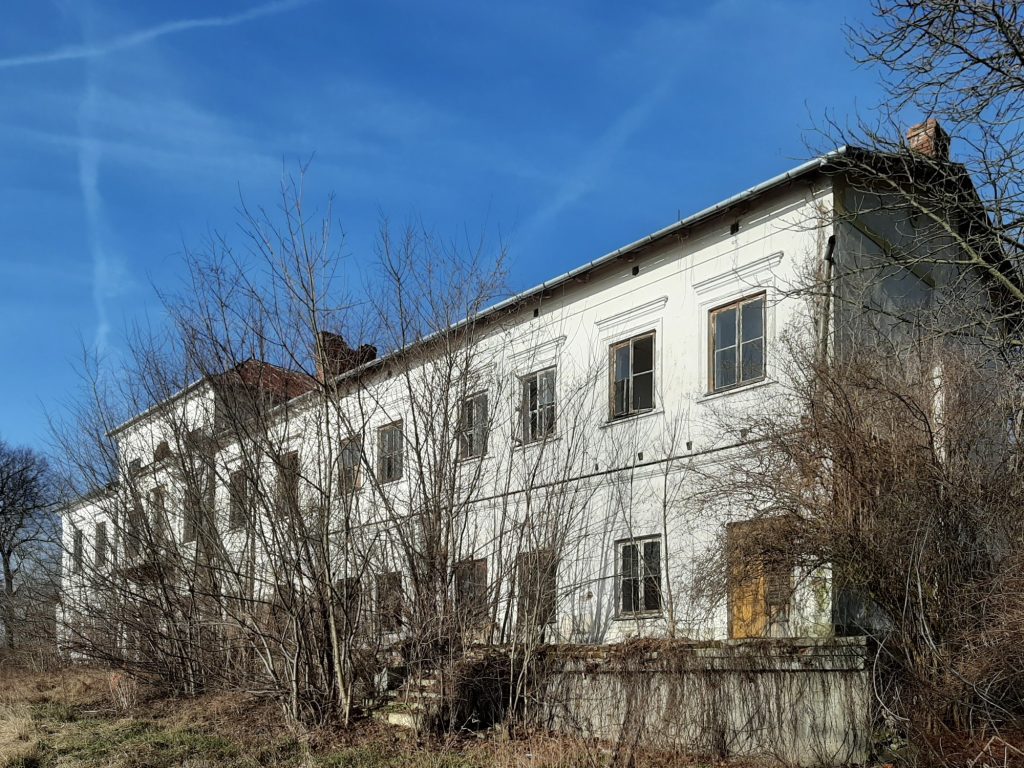
#15
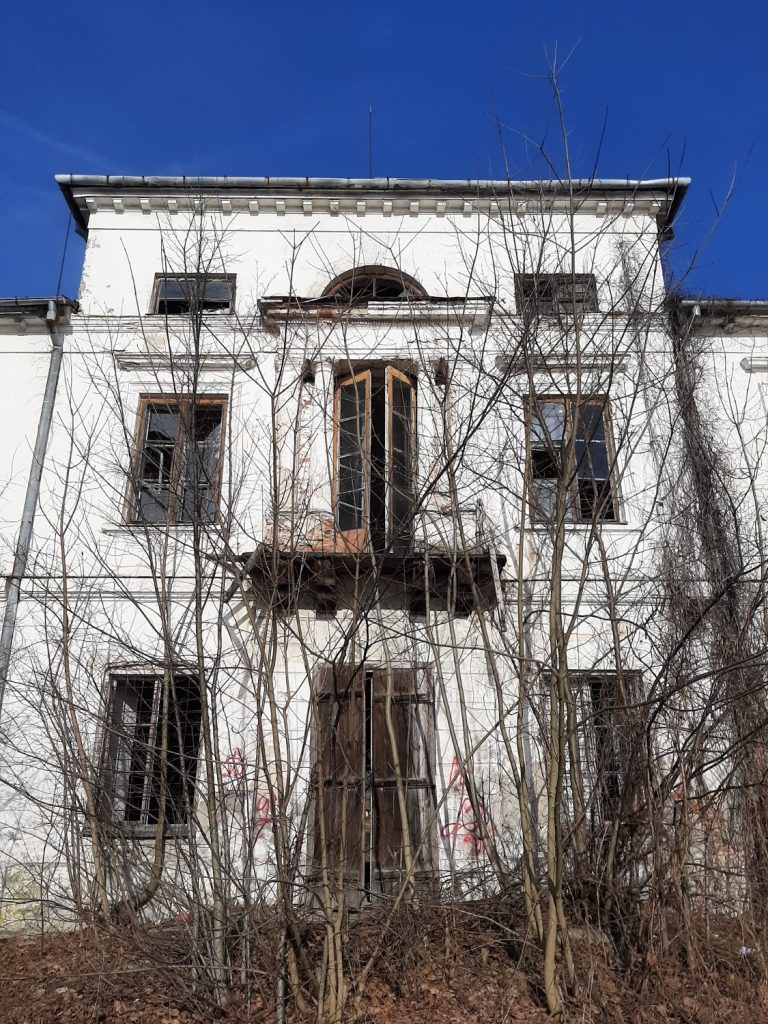
Posted by permission of “realportico”.